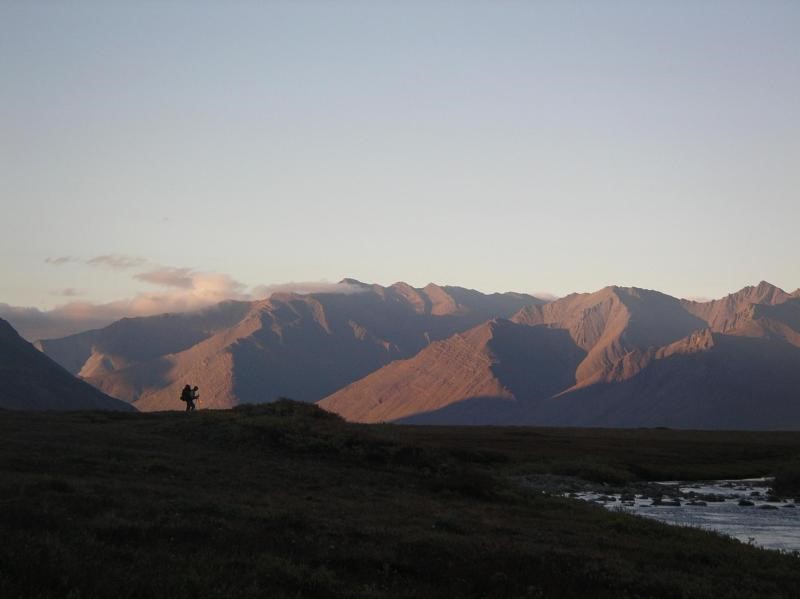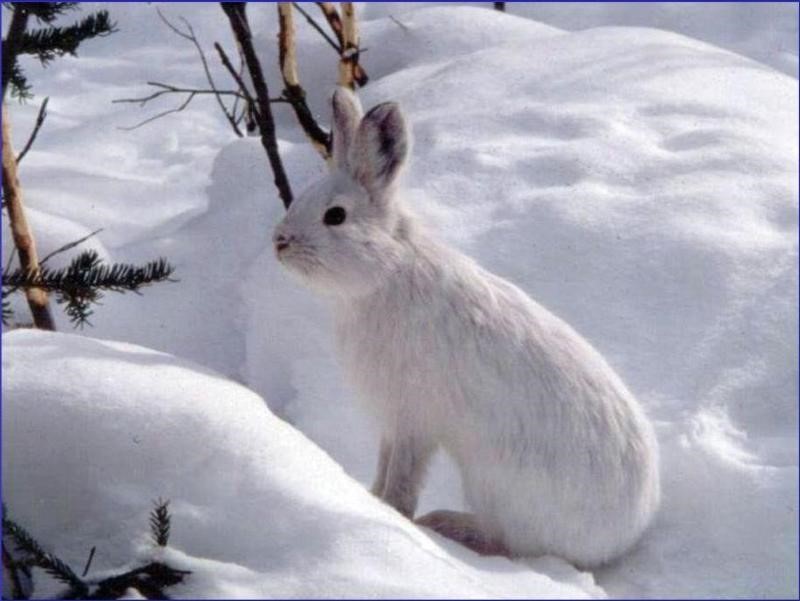

Today marks the centennial of the National Park Service (NPS). Established on August 25, 1916 by President Woodrow Wilson, the National Park Service manages and protects some of the most beautiful, wild landscapes of the United States, ensuring the full range of the nation’s ecosystems, wildlife, and historic sites are available to all for years to come.
In Gates of the Arctic National Park and Preserve, one of the nation’s most remote National Parks, Americans can get outdoors, enjoy meandering rivers and glacier-carved valleys, and learn about the diverse array of life that calls the Arctic home. Gates of the Arctic National Park and Preserve covers 8.4 million acres and includes subarctic forests, alpine meadows, six designated Wild Rivers, and countless spectacular mountain peaks. Visitors to this exceptionally untouched landscape can expect to see grizzly bears, caribou, muskox, wolverine, and moose.
How many species, exactly, might one find on a given day in Gates of the Arctic? On May 20-22, 2016, rugged park-goers participated in the first-ever BioBlitz—a race to document as many species as possible—north of the Arctic Circle. In a single weekend, 26 students from the Iñupiat community of Anaktuvuk Pass encountered and inventoried 109 different species, from snowshoe hare to Arctic ground squirrel, wild rosemary to fireweed and lingonberry. These citizen scientists produced 276 observations of flora and fauna that NPS researchers can use in their scientific studies.

Although the United States has been an Arctic nation for 149 years, there remains a lot to learn about Arctic ecosystems. Gaining scientific knowledge about the Arctic is especially important because the Arctic environment is changing extremely rapidly due to climate change, and it’s doing so faster than any other part of the world. Plus, the changes occurring at high northern latitudes could have significant impacts on life farther south. Citizen scientists who document biodiversity in Gates of the Arctic can help shed light on the impact climate change is having on species and ecosystems in the park.
President Obama’s Administration has achieved a number of firsts for the Arctic, including the first visit by a sitting President to Arctic Alaska; the establishment of the first executive leadership committee to guide and coordinate Arctic priorities and activities across Federal agencies; the first Federal budget request that makes the Arctic a national imperative; and, now, the first National Park Service BioBlitz above the Arctic Circle, in Gates of the Arctic National Park and Preserve. Next month the White House will also convene the first-ever Arctic Science Ministerial. The White House Arctic Science Ministerial will bring together science and research Ministers from over 20 Arctic and non-Arctic nations and representatives from six Arctic indigenous groups to expand joint collaborations focused on Arctic science, research, observations, monitoring, and data-sharing.
The White House Arctic Science Ministerial will also focus on citizen science, STEM education, community-based observing, and traditional knowledge, which will promote opportunities for citizen scientists to explore, discover, and engage with the Arctic’s dynamic ecosystems while simultaneously helping researchers collect the data they need to understand the changing Arctic environment.
Invigorated scientific discovery in the Arctic should not stop with scientists, Ministers, or policymakers. As the Arctic BioBlitz demonstrated, citizen scientists can play an important role too! It is not too late to find a park near you that is hosting a BioBlitz to celebrate the National Park Service Centennial—you can see a nationwide list of participating parks here.
Herbert Frost is the Regional Director, Alaska Region, for the National Park Service.
Noël Bakhtian is a Senior Policy Advisor at the White House Office of Science and Technology Policy.
Ann Robertson is an Intern at the White House Office of Science and Technology Policy.

